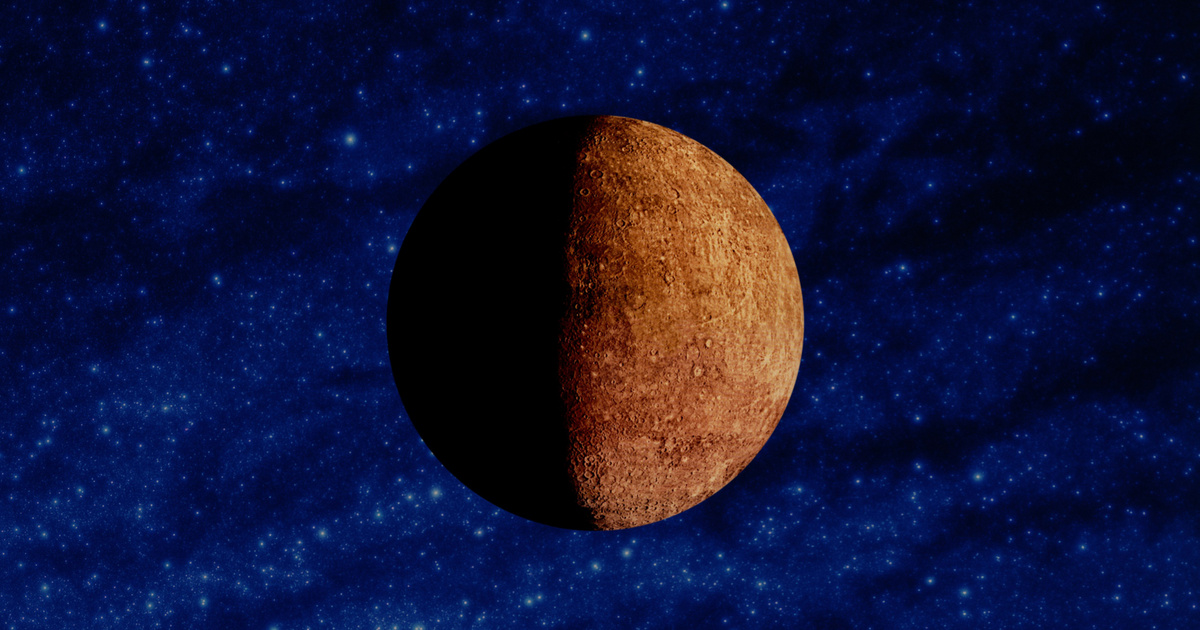NASA's Planet Hunters project TESS (Transiting Exoplanet Survey Satellite) involved more than 43,000 volunteers from 90 countries to help catalog about 25 million objects. “Finding planets in multi-star systems is key to understanding how different planets are made of the same material,” said Nora Eisner, lead author and a researcher at the Center for Computational Astrophysics at the Flatiron Institute in New York.
When 15 civilian scientists pointed out the existence of a possible new planet, Eisner's team took a closer look at TOI 4633, nicknamed Percival. A follow-up study confirmed the existence of the planet, according to A Cosmos Magazine. Astronomers saw the planet passing in front of one of its host stars, dimming the star's light. This “transit method” for detecting exoplanets usually finds planets whose orbits are close to their host stars.
The Neptune-sized planet TOI 4633, located 309 light-years from Earth, is unusually far away from other planets that use this method, taking 272 days to orbit its central star.
The planet is a record breaker. Its star is the brightest star that hosts a transiting planet in the “habitable” zone – where liquid water can exist on the planet's surface.
“Every time I see a potential transit, I feel my heart beating faster and I get more excited,” says Danish scientist Simon Bentzen, who has been volunteering with Planet Hunters TESS since 2018. “I'm very happy that I helped find the new system,” he added. “I hope the new planets will help us understand planetary formation and help answer other interesting planetary questions.” Eisner added: “If this planet has a moon, it probably has “Hard surface, which would be a great place to find water.”














































